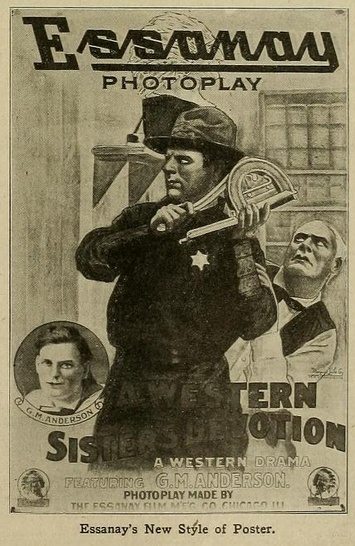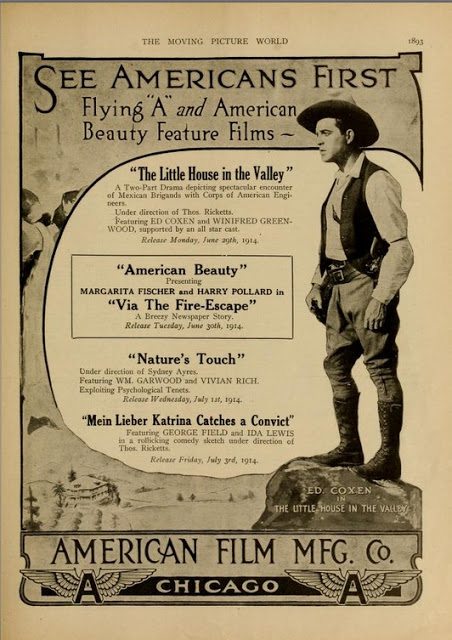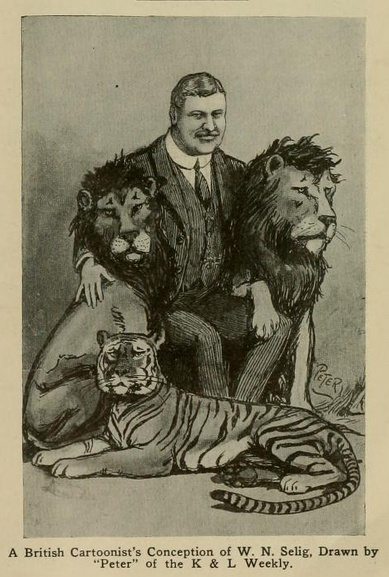Chicago has had its fair share of films. Of course, the John Hughes films rank at the top of the list, along with the likes of “The Dark Knight” and, as much as I hate to acknowledge it, “Transformers.” What you might not realize, though, is that in the early days of silent film, Chicago ranked with the likes of Hollywood and Fort Lee, New Jersey in terms of film production.
In addition to other studios, Essanay, American Film Manufacturing Company and Selig Polyscope Company all originated in Chicago. Because of the unpredictability of Midwestern weather, and imposition from The Motion Picture Patents Company, they all eventually expanded into California with western branches of their offices. While they were in Illinois, though, many films were actually produced in the city and featured stars of the day including Ben Turpin, Gloria Swanson and Colleen Moore.
Essanay was founded by George K. Spoor and G.M. “Broncho Billy” Anderson in 1907. Originally, the company’s biggest film attractions were the sagas of Broncho Billy, but when the company was able to steal Charlie Chaplin away from Mack Sennett’s Keystone Studios, the string of films he made for them became their biggest, most popular hits (a subject I’ll address more in a future blog post!).
The American Film Manufacturing Company was founded in 1910 by Samuel Hutchinson, John Freuler, Charles Hite and Harry Aitken. After the studio moved to Santa Barbara, it enjoyed the height of its power and popularity and was the home of the incredibly popular actress Mary Miles Minter. Not only did Essanay and American share a birth place, they also shared talent. Allan Dwan, one of the top directors of the period, was originally a scriptwriter for Essanay and then went on to operate Flying A for a year.
The elder statesman of the group, though would be the Selig Polyscope Company. It was founded in 1896 by William Selig and became the first studio to erect a permanent studio in Southern California. Selig had introduced a zoo to the California branch, and when the company ended film production in 1918, the zoo was maintained into the 1930s. Apparently, Selig was a mysterious figure. Few photos of him were published, leading to fun sketches like this “artist’s conception.”
Many of the Selig Polyscope films have been destroyed over time, but one that remains is “The Wonderful Wizard of Oz.” Selig helped produce “The Fairylogue and Radio-Plays,” an early adaptation of L. Frank Baum’s “Oz” works, but the show was canned after only a few months. “The Wonderful Wizard of Oz” was created to fulfill a contractual obligation and made without direct input from Baum.
Intrigued by a 1910 version of “The Wizard of Oz?” Then check out the restored version of the film below.
Are you enjoying our series on silent film? Find us on Facebook! We’d love to hear your feedback. And be sure to check out our other works looking back on silent film.
Want to dive deeper into the world of silent film? Keep up with my posts over on Curtains or on Chicago Nitrate.


